1. The Rise of Female MCs: Power in Their Rhymes
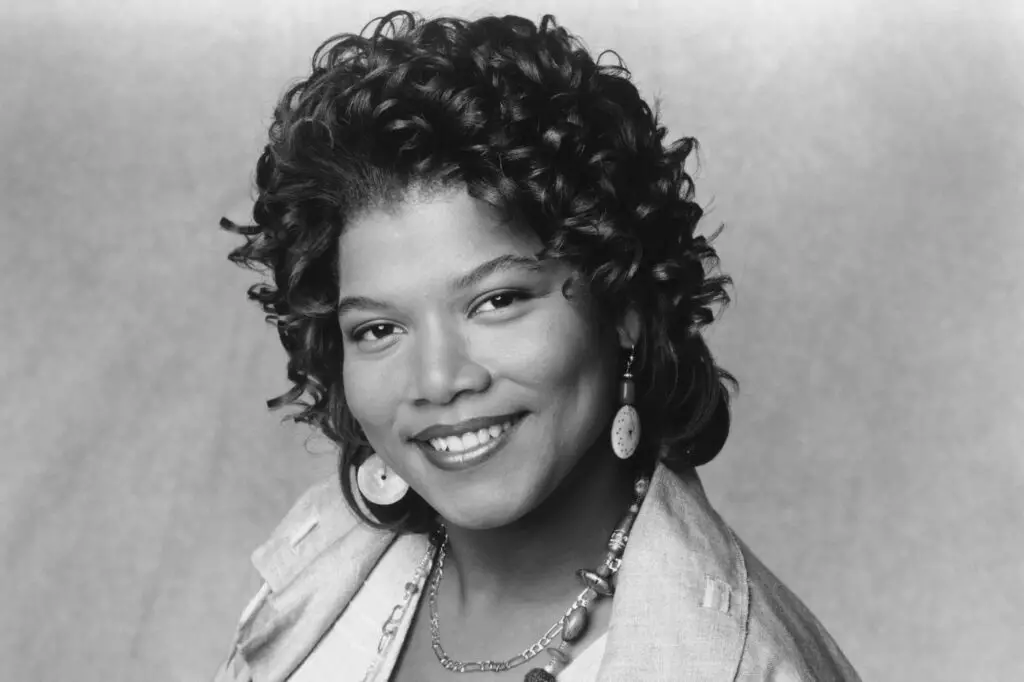
The ’90s were a transformative era for female rap artists, who were finally given the platform to express their stories with raw authenticity. Artists like Queen Latifah, Salt-N-Pepa, and MC Lyte became icons by taking control of their narratives and proving that women could dominate the hip-hop scene. They shifted the focus from being the background players to front-and-center powerhouses. These women rapped about everything from self-respect to social issues, allowing fans to relate to their experiences while simultaneously breaking down gender barriers. Their lyrics empowered women by demonstrating strength, resilience, and a sense of individuality. These trailblazers paved the way for future generations of female artists by showing that women, too, could be leaders in hip-hop according to ABC News.
With hits like Queen Latifah’s “U.N.I.T.Y.” and Salt-N-Pepa’s “Shoop,” these artists not only commanded attention but also used their music as a tool for empowerment explains Yardbarker. They challenged the industry’s stereotypical portrayal of women and rejected the notion that they had to fit into a box. Instead, they embraced their diversity, proving that femininity could coexist with strength and confidence. This shift in hip-hop culture encouraged women to speak their truth, reclaim their space, and define what it meant to be a woman in a male-dominated industry. It wasn’t just about being a rapper; it was about being unapologetically yourself and letting the world hear it. Female MCs gave voice to the silenced and provided a sense of validation for women who had been overlooked for too long.
2. R&B Divas: Redefining Femininity
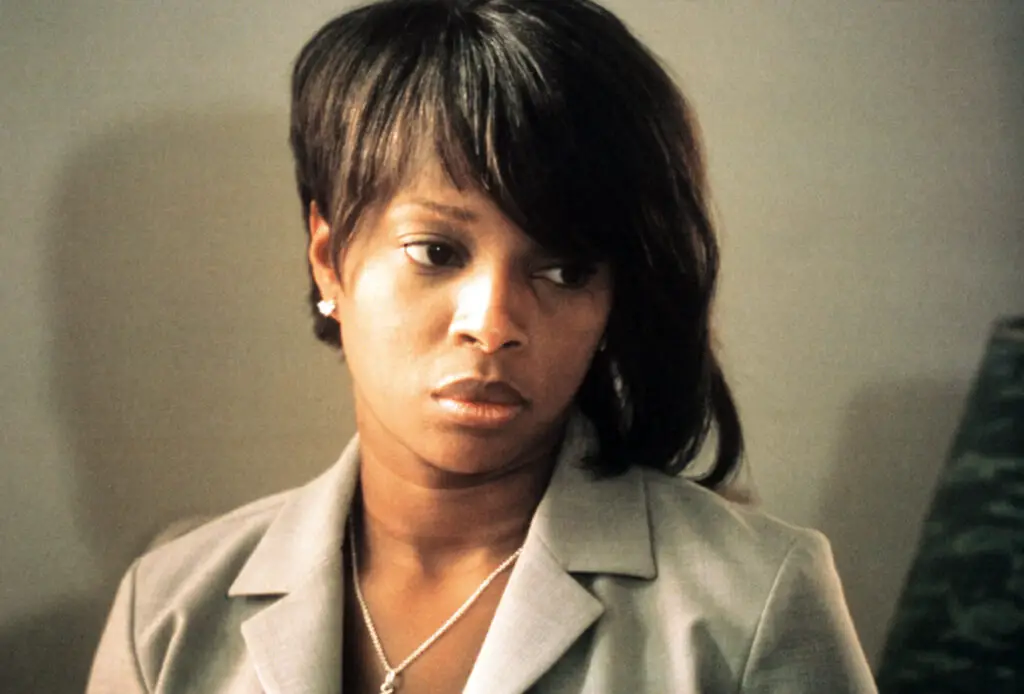
In the ’90s, R&B singers like Mary J. Blige, Toni Braxton, and Aaliyah became the ultimate symbols of strength, vulnerability, and independence. These women didn’t just sing about love; they explored the complexities of relationships, heartbreak, and self-discovery. Their music resonated with women who were navigating similar struggles and celebrating their resilience. Through ballads and upbeat tracks alike, they portrayed women as multi-dimensional beings, emphasizing that it was okay to feel both empowered and vulnerable at the same time. For many fans, these artists were role models who showed that embracing your emotions could be a form of strength.
Mary J. Blige’s “Real Love” and Toni Braxton’s “Breathe Again” captured the heart of ‘90s R&B by giving women the space to explore their inner worlds says Yahoo! Aaliyah’s “If Your Girl Only Knew” and other tracks by her cemented her as an icon who embodied confidence and mystery. These songs were a cultural phenomenon because they portrayed love as something that could be empowering, not something that defined a woman’s worth. Women didn’t have to depend on anyone to feel complete—they could be whole on their own. The message of these artists wasn’t just in their lyrics but in their style, attitude, and public personas. They demonstrated that femininity wasn’t about being soft or docile; it was about being bold, unapologetic, and strong in all aspects of life.
3. Sisterhood in Hip-Hop: Empowering Women Together
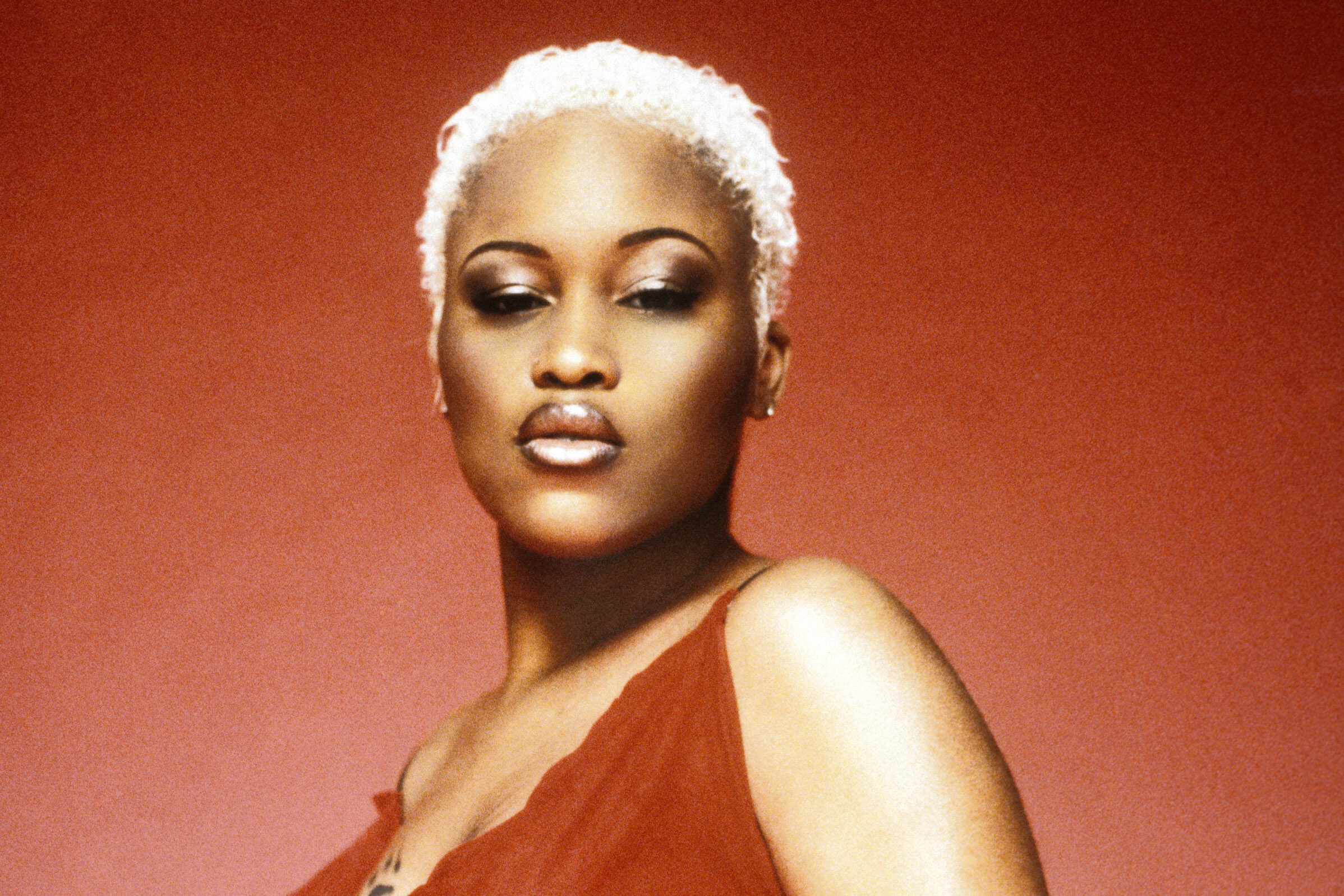
The ’90s saw a rise in collaborations between female artists, creating a sense of unity and sisterhood within hip-hop. This movement allowed women to support each other, proving that they could succeed together in an industry that often pitted them against one another. Tracks like “Ladies First” by Queen Latifah and Monie Love, and the iconic “Hot Boyz (Remix)” featuring Missy Elliott, Lil’ Kim, and Eve, showed that female rappers could share the spotlight and shine in unison. They celebrated each other’s unique styles and perspectives, providing a blueprint for future collaborations in the genre says Los Angeles Times.
The idea of women working together in hip-hop was revolutionary because it defied the competitive nature of the industry. In a space dominated by men, female rappers formed alliances that uplifted them all. By showing solidarity, they created an empowering space where women were not just seen but celebrated. This camaraderie was more than just a musical trend—it was a cultural shift. It helped create a legacy of strong, empowered women who had each other’s backs in an industry often hostile to their success. The collaborations from this era continue to influence female artists today, showing that strength in numbers can lead to lasting change.
4. Missy Elliott: The Creative Visionary
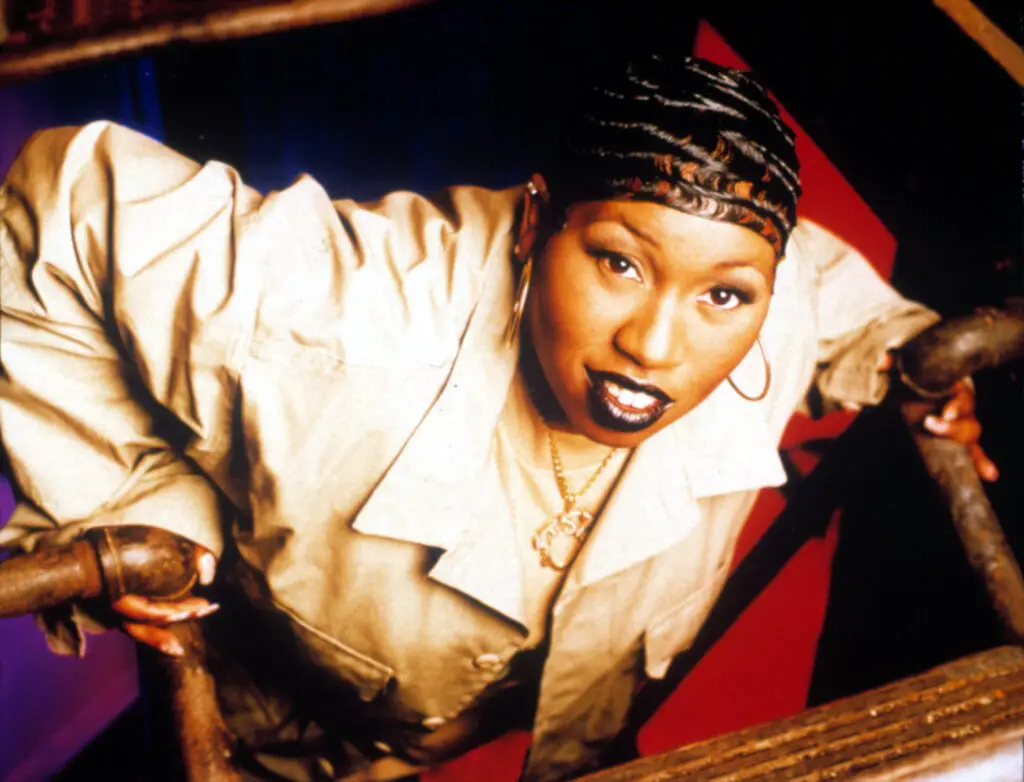
Missy Elliott was the creative force that broke all the rules when it came to music, fashion, and self-expression. Her unique blend of hip-hop, R&B, and futuristic beats turned heads and captured the attention of listeners worldwide. With her bold, quirky style and fearless approach to music videos, Missy became the face of innovation in ’90s hip-hop and R&B. She didn’t just follow trends; she set them, proving that women could be as experimental and boundary-pushing as any male artist in the industry. Her debut album Supa Dupa Fly cemented her place as a pioneer in the genre, making her one of the most influential women in music.
What made Missy’s impact so profound was her ability to blend humor, creativity, and empowerment into every track. Her songs like “Work It” and “Get Ur Freak On” empowered women to embrace their sexuality and own their confidence. With each album, Missy continued to defy expectations, proving that she wasn’t just a rapper or singer; she was an artist in every sense of the word. She showed that women could take control of their careers and the direction of their music, no longer limited by industry standards. Missy Elliott became a role model for women who dreamed of creating their own paths and making their mark in the world.
5. Lil’ Kim: Bold and Unapologetic
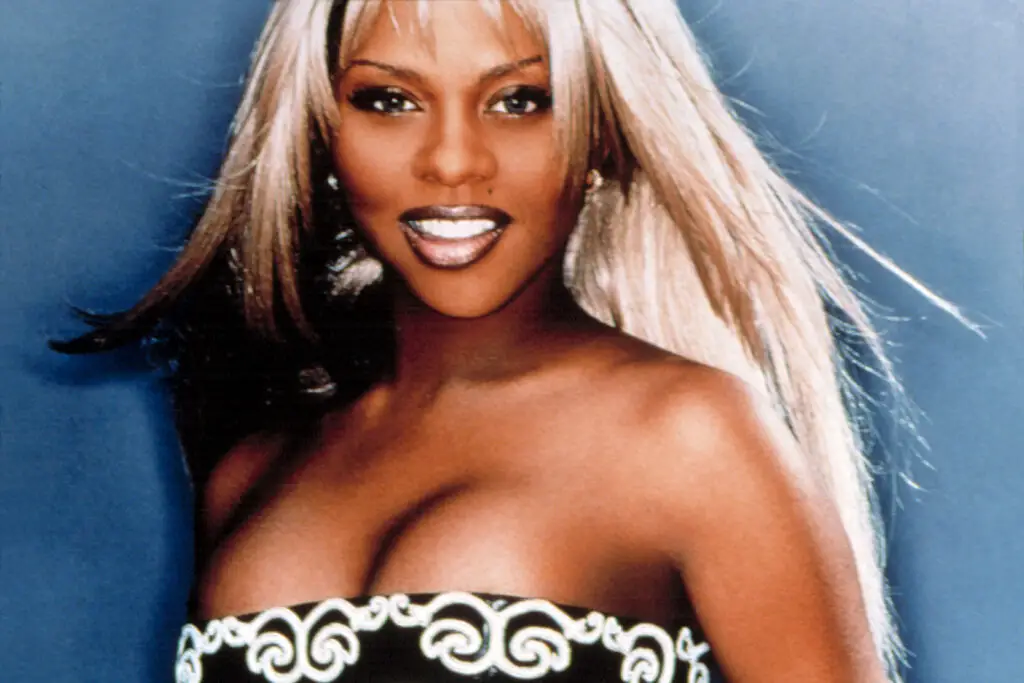
Lil’ Kim emerged as a force to be reckoned with in the ’90s, challenging traditional ideas of femininity and sexuality in hip-hop. Her unapologetic attitude and bold lyrics were revolutionary for the time, as she introduced a new level of confidence that was rarely seen in female rap says The Cut. With songs like “Crush on You” and “No Time,” Kim didn’t shy away from flaunting her sexuality, asserting that women had every right to express themselves on their own terms. Her iconic album Hard Core turned heads and pushed boundaries, featuring lyrics that were raw, confident, and empowering.
Kim’s impact wasn’t just in her music but in her style and image as well. She redefined beauty standards by embracing bold fashion choices, vivid colors, and daring looks that became synonymous with her brand. Her confidence inspired countless women to own their bodies, their sexuality, and their power. Lil’ Kim’s influence is still felt today in the music industry, as she set the stage for other artists to be fearless in their self-expression. She proved that being bold and unapologetic didn’t mean sacrificing your femininity; it meant embracing every aspect of who you are and letting the world know it.
6. TLC: Fearlessly Real
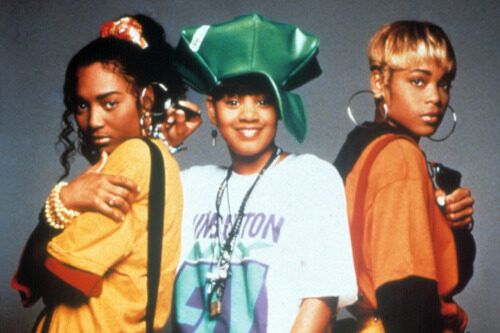
TLC were the queens of ’90s R&B, known for their catchy hooks, funky beats, and powerful messages of self-respect and independence. Their music was a celebration of women taking control of their lives, relationships, and bodies. With hits like “No Scrubs” and “Waterfalls,” they boldly addressed issues like toxic relationships, drug addiction, and the importance of self-love. TLC’s fearless approach to addressing taboo topics made them role models for women who felt silenced or misunderstood.
Their fashion, too, became a symbol of empowerment. With their iconic baggy pants, crop tops, and colorful accessories, TLC rejected the stereotypical image of what women “should” look like in music videos. They embraced their authenticity and encouraged their fans to do the same. The group was never afraid to speak out about the things that mattered most to them, from gender equality to social justice. They made it clear that being a woman in the ’90s meant having the strength to stand up for yourself, no matter what the world expected of you. Their music and message continue to inspire women today to live boldly and with confidence.
7. The Role of Fashion in Empowerment
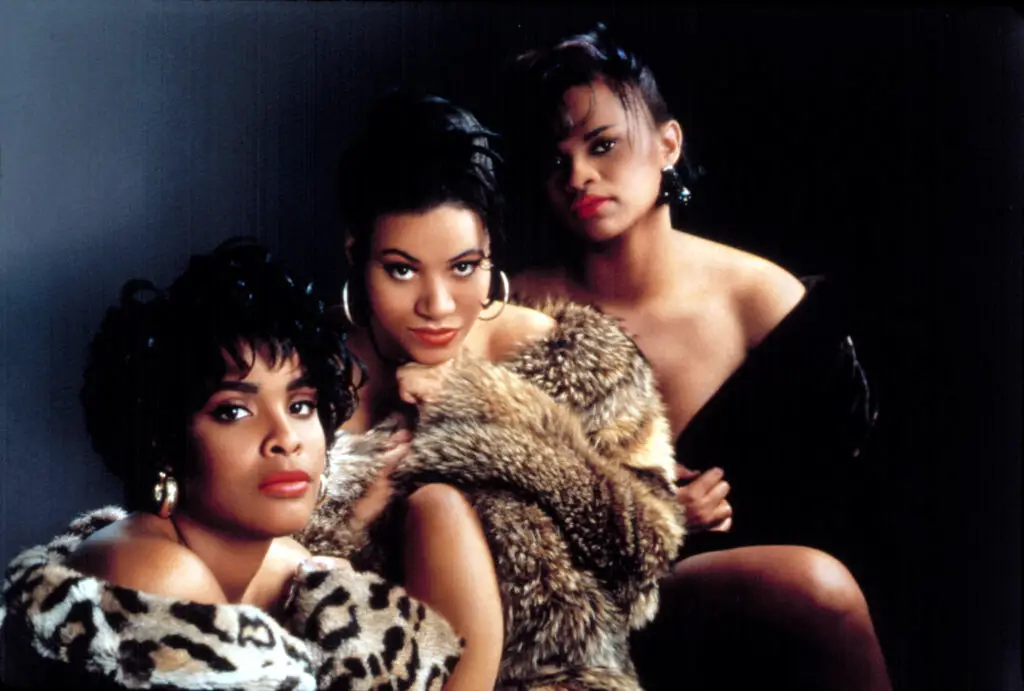
In the ’90s, the connection between hip-hop and R&B music and fashion was undeniable. Artists used their fashion choices to express their identities and challenge traditional beauty standards. Hip-hop and R&B women, especially, embraced styles that were bold, oversized, and often androgynous, marking a shift away from the ultra-feminine, delicate looks that were popular in previous decades. Missy Elliott, Salt-N-Pepa, and TLC all stood out for their fashion-forward choices, wearing oversized jackets, crop tops, and baggy pants that allowed them to express their power and independence through their clothing.
This shift in fashion represented a deeper cultural change, where women were asserting control over their image and how they wanted to be seen in the world. Women in hip-hop and R&B didn’t have to conform to conventional beauty standards; they could be tough, sexy, and fashionable on their own terms. The boldness of these fashion choices was a reflection of the empowerment that came through their music. They were not just singing or rapping about empowerment—they were living it, showcasing their independence and strength with every outfit. Fashion became a tool for self-expression, a way for women to embody the messages they were spreading through their music.
8. Bridging Generations: The Legacy of ‘90s Female Artists
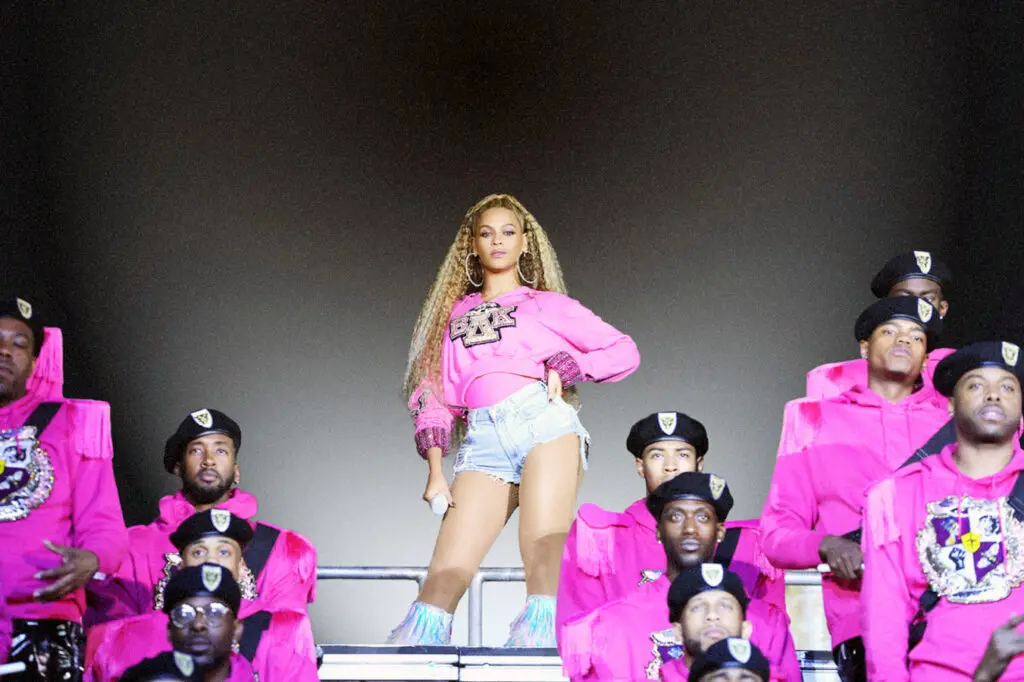
The female artists of the ’90s laid the foundation for the next generation of empowered women in music. Their influence can still be seen today in the work of artists like Beyoncé, Nicki Minaj, and Cardi B. These women continue to build upon the legacy created by their predecessors, using their platforms to address issues of self-worth, independence, and equality. The music of the ’90s empowered women to not just follow trends but to set them, and today’s artists are doing the same, ensuring that the message of female empowerment remains at the forefront of popular culture.
By blending elements of hip-hop, R&B, and pop, the female artists of the ’90s created a sound and style that transcended genres and resonated with audiences around the world. They used their platforms to challenge societal norms and redefine what it meant to be a woman in the music industry. As each new generation of artists emerges, the influence of ’90s pioneers can be felt in their music, fashion, and messages of self-empowerment. The women of the ’90s didn’t just entertain—they changed the culture and set the stage for future generations of women to take their rightful place in the spotlight.
9. The Soundtrack of Self-Expression
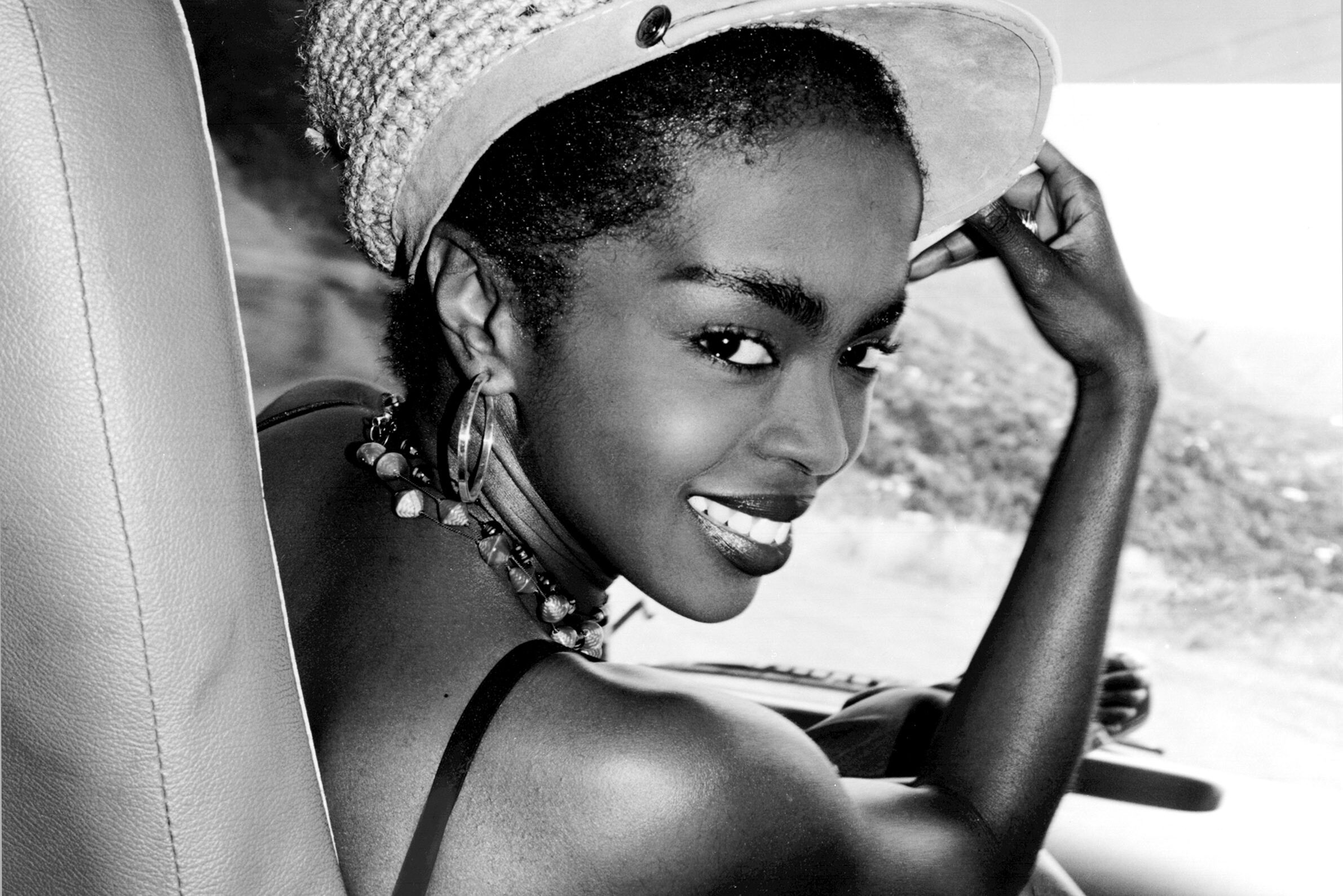
Hip-hop and R&B became more than just genres of music in the ’90s; they became the soundtrack of a generation’s self-expression. For many women, these genres provided the soundtrack to their daily lives, offering empowerment through every beat and lyric. Songs like Salt-N-Pepa’s “Push It” and Lauryn Hill’s “Doo Wop (That Thing)” became anthems of self-confidence, reminding women of their worth and encouraging them to stand up for themselves. Through their music, these artists empowered women to embrace their uniqueness, express their emotions, and take control of their destinies.
This influence went beyond the music. These songs were often a source of comfort and motivation for women who felt marginalized or unheard. Hip-hop and R&B gave women the opportunity to express their truth, whether it was through overcoming adversity, celebrating success, or simply embracing their individuality. The artists of the ’90s showed that music was not just entertainment—it was a tool for self-expression and transformation. Their legacy continues to inspire women to use their voices and their music to speak their truths and create their own paths.
